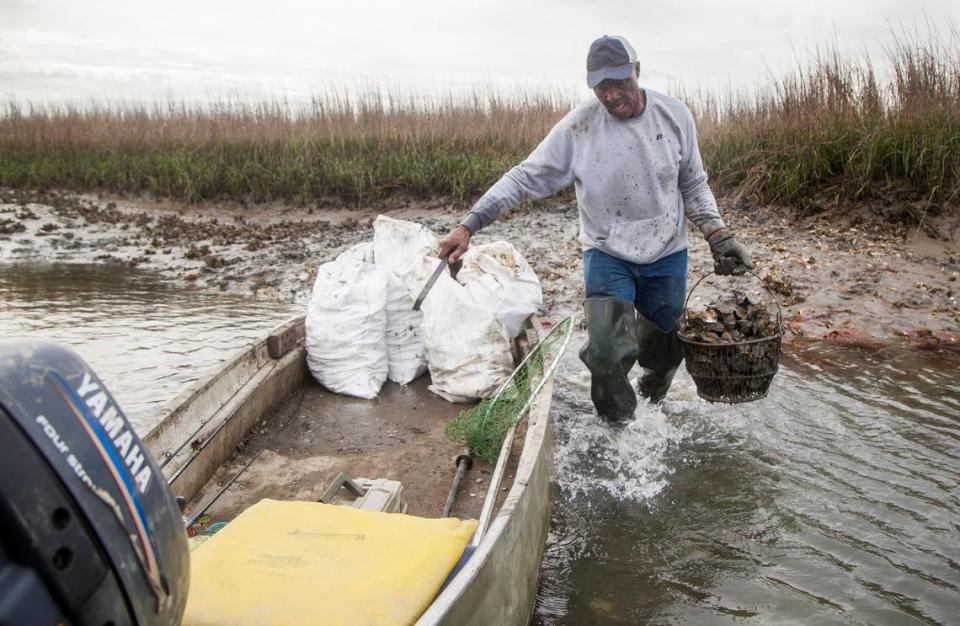SC pluff mud is a dangerous mess. Here’s what it is, how to escape it or avoid it entirely
If you’re ever out on a Lowcountry beach you might encounter pluff mud — an ultra-sticky substance that both sinks and stinks. While pluff mud is an integral part of the Grand Strand’s ecosystem, you definitely don’t want to get caught in it. Here’s everything you need to know about pluff mud to stay safe above it.
What is pluff mud?
Pluff mud – sometimes referred to as plough mud – is a gooey marsh substrate found in salt marshes throughout the Lowcountry. Salt marshes provide a transitional zone between land and sea and make up two-thirds of South Carolina’s wetlands.
Pluff mud has a vital role in these marshes, preventing large animals from eating marsh grass, controlling coastal flooding and decomposing dead materials. The decaying plant and animal matter in the mud is what gives pluff mud its distinctly sulfurous smell. While the odor puts some people off, pluff mud is nutrient dense because of it.
According to the South Carolina Department of Natural Resources, “bacteria decompose it into a rich soup known as detritus that along with algae serves as the basis of the productive salt marsh food web.”
While some locals may not mind, pluff mud’s odor is sometimes likened to rotten eggs. If your nose is plugged up, however, be on the lookout for soft brown mud that might appear like clay.
The dangers of pluff mud
As important as pluff mud is, it can pose real risks for people who encounter it. Like quicksand, the mud can be deceptively deep and you can sink in it. Here’s what to do if you find yourself stuck in pluff mud:
Stay calm - Struggling will only exhaust you and make you sink faster
Disperse your weight - Try to use whatever is in reach to distribute your weight
Keep moving - The longer you stay in one place the more likely you are to get stuck
Don’t pull straight up if your leg starts to sink - You’ll be more likely to keep your shoe and slow your descent if you shimmy your foot back and forth around to loosen the mud’s hold
“[Pluff mudd] is more visible at low tide, but it’s always there, so just be very cautious,” said Midway Fire Rescue Chief Brent McClellan. “It’s not going to be friendly if you step off into it.”

It’s also important to remember that salt marshes are home to oysters, which are sharp and can slice through shoes and clothes. Pluff mud conceals oysters and wading through it can be a ticket to the hospital.
“You also don’t know what’s beneath [pluff mud],” McClellan said. “It’s very well known to hide oyster beds and things of that nature where, not only could you just have an embarrassing situation of being stuck in the mud, but you could also cause some injury to your extremities, because you obviously can’t see the sharp objects.”
To avoid a sticky situation, watch your step and track the tides. While taking a canoe through the salt marsh might be nice during high tide, getting stuck probably isn’t the boat trip you’re looking for. If you do get stuck and are unable to get help or escape, call emergency services.
“Just knowing that [pluff mud] is there and knowing to avoid it at all costs is probably the best message,” said McClellan.


